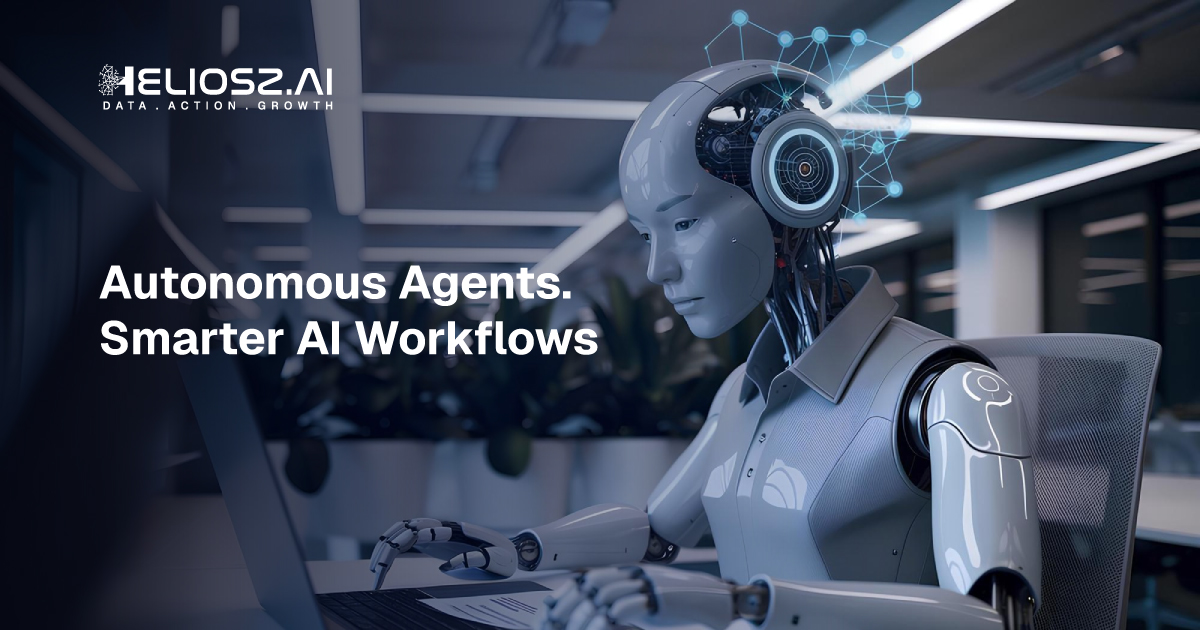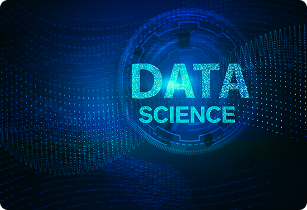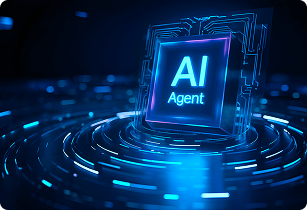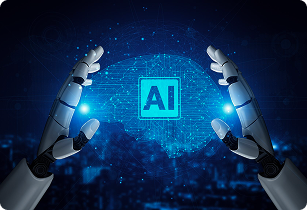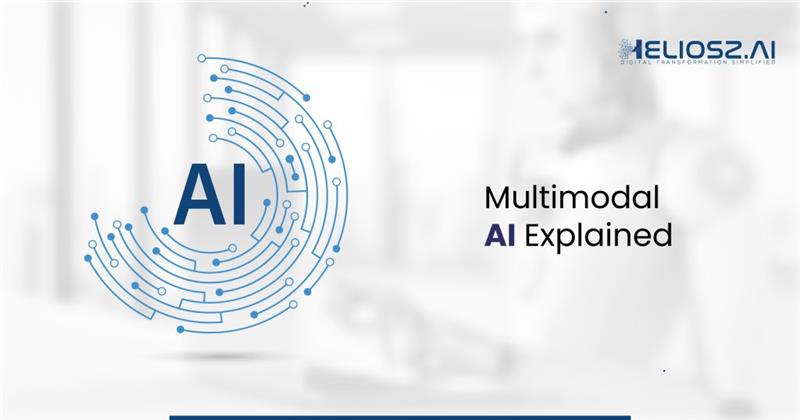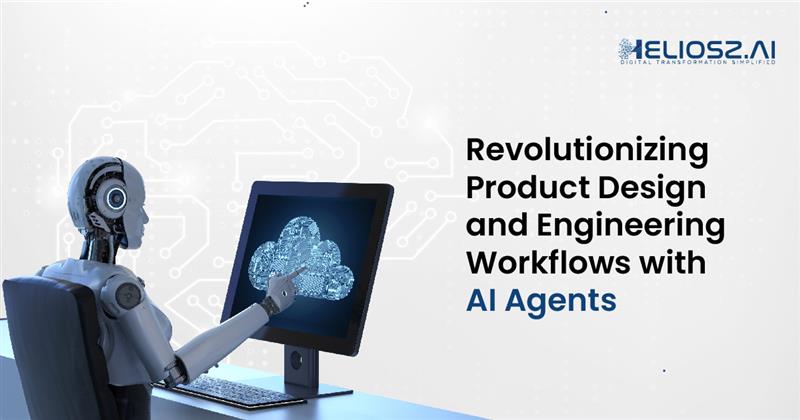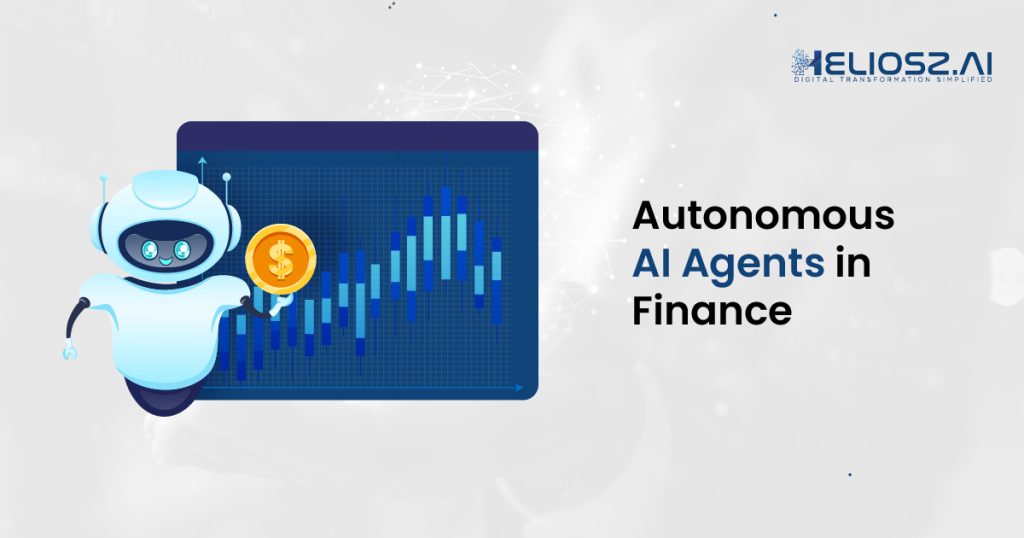Next-Gen Data & Analytics for Future-Ready Enterprises
We enable organizations to extract actionable insights from data through modern architectures, real-time pipelines, and advanced analytics for smarter decisions.

Build secure, scalable data environments with cloud-native or hybrid architectures aligned to enterprise needs and compliance. Enable seamless access through optimized modeling, integration, and interoperability, accelerating analytics, improving system performance, and supporting long-term transformation across the organization.
Design a centralized, well-modeled architecture that connects disparate data sources across cloud, on-prem, and hybrid environments.
Select and implement scalable cloud platforms that align with current workloads and future growth requirements.
Establish standardized data pipelines and APIs to ensure smooth ingestion, transformation, and accessibility of data.
Embed controls to manage access, encryption, and auditing across the architecture to ensure governance and resilience.

We apply advanced analytics to uncover patterns, predict outcomes, and guide data-driven decisions. Using statistical modeling and machine learning, enterprises gain foresight to anticipate demand shifts, detect anomalies, and optimize performance, turning dynamic environments into opportunities for smarter, KPI-aligned action.
Pinpoint areas with high ROI potential for forecasting, optimization, and behavioral prediction using available datasets.
Apply machine learning, regression, and classification techniques tailored to industry-specific analytical goals.
Translate model outputs into accessible narratives that support confident decision-making across business teams.
Embed feedback loops for models to adapt to new data and maintain accuracy over time.
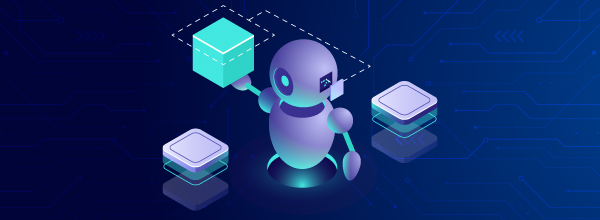
We harness unstructured data, text, images, documents, and video, using NLP, computer vision, and AI to automate decisions. Deep learning models streamline workflows, reduce manual effort, and improve response times, enabling enterprises to unlock operational efficiency and scale intelligent assistance across functions.
Use NLP and computer vision to analyze documents, detect patterns, and extract relevant content at scale.
Automate manual, repetitive, and decision-heavy processes using AI agents and intelligent orchestration tools.
Leverage language models to understand sentiment, intent, or classification from customer or operational data.
Customize foundational models for specific use cases and deploy them with performance monitoring in production.

Real-time analytics enables instant response to events, continuous operations monitoring, and time-sensitive decision-making. Streaming pipelines, edge-to-cloud integration, and IoT data processing drive responsiveness, reduce lag, and uncover anomalies, empowering enterprises across supply chains, smart factories, and dynamic environments to act with precision and speed.
Implement scalable Kafka, Spark, or Flink-based architectures to support real-time data processing and analytics.
Ingest, process, and analyze high-velocity sensor and device data with minimal latency and maximum reliability.
Set up intelligent alerts and automation triggers based on threshold violations, anomaly detection, or event patterns.
Enable edge processing for speed while ensuring central systems stay updated for analytics and compliance.

Visual analytics transforms raw data into actionable insights through dashboards, scorecards, and alerts. Combining UX design, real-time metrics, and business logic, it empowers teams with self-service access and timely exception handling, driving faster decisions, improved agility, and enterprise-wide responsiveness.
Design dashboards tailored to decision-makers with the most critical metrics, filters, and context-rich visualizations.
Incorporate live data sources into dashboards to support up-to-date decisions across operations and strategy.
Enable filtering, drilldowns, and dynamic views based on user roles to maximize relevance and adoption.
Implement smart alerts and push notifications to prompt action when performance deviates from targets.

Manage the full AI/ML lifecycle, from prototyping to production, with robust workflows, feature engineering, and CI/CD pipelines. Ensure models remain accurate, reliable, and responsive in real-world use while minimizing bias, data drift, and inefficiencies to maximize enterprise value delivery.
Break down contributions from marketing, sales, pricing, and external factors to understand ROI.
Model budget shifts and external changes to forecast likely performance outcomes.
Compare marketing spend and performance metrics with competitors and market leaders.
Refine investment across media channels based on modeled impact on revenue.

MLOps applies DevOps principles to machine learning, enabling automated testing, deployment, and monitoring of models. Governance frameworks ensure transparency, accountability, and risk mitigation, creating a scalable, repeatable environment that supports reliable, compliant AI initiatives across enterprise teams and workflows.
Automate model build, test, and deployment pipelines to accelerate iteration and reduce manual effort.
Track changes in datasets, code, and configurations to maintain auditability and reproducibility.
Define standards for model documentation, explainability, access control, and decision accountability.
Operationalize fairness, transparency, and privacy principles to ensure responsible model use across the enterprise.



























